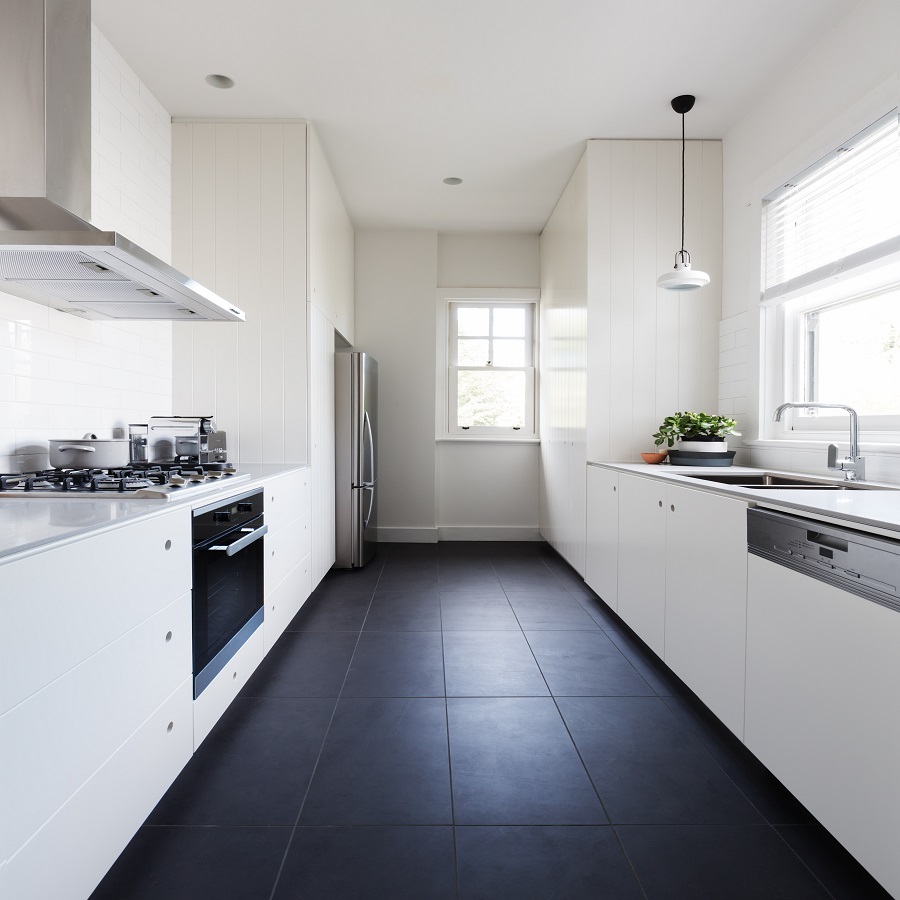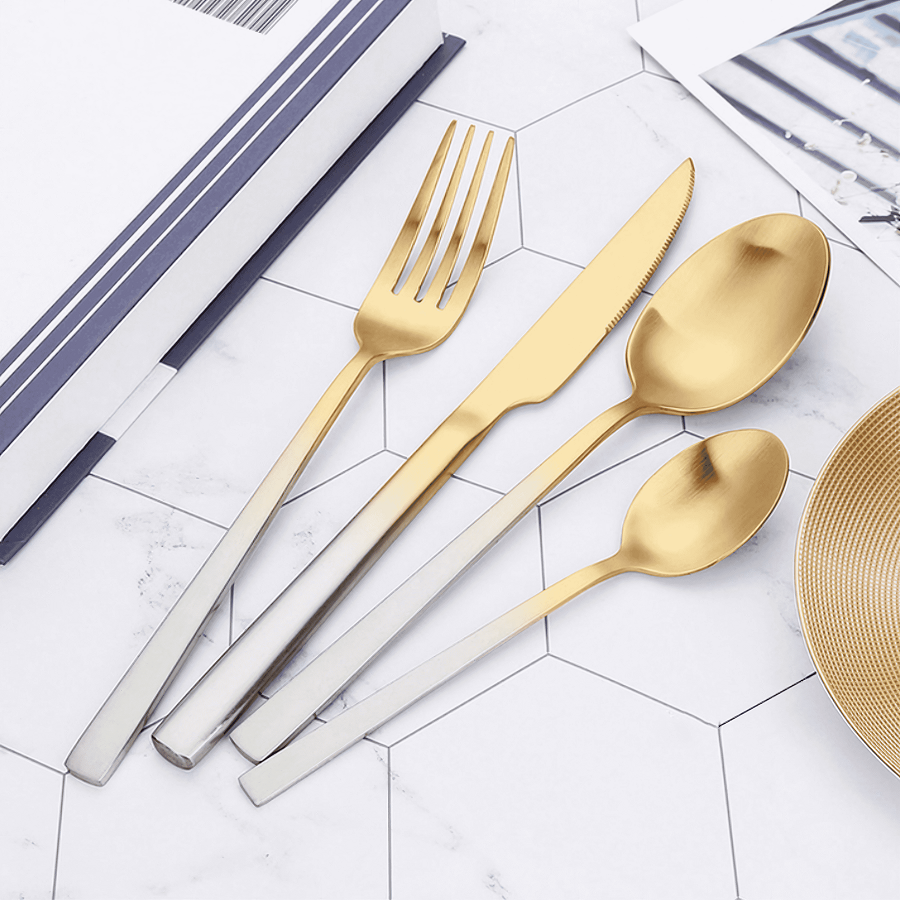The Evolution of Cutlery Boards
The cutlery board has come a long way. From simple wooden slabs, we now see a range of materials and designs. In the early days, functionality drove design. Most boards were plain, built to chop and serve. Yet, as the kitchen has become a home’s focal point, so has the cutlery board evolved. Now, it’s not just a tool but a piece of decor.
In recent years, cutlery boards have seen a surge in variety. Designers focus on aesthetics as much as function. They incorporate modern trends and the needs of contemporary cooking. Today’s boards boast features like juice grooves and cracker holders. Some even come with accessories like knives and matching serving pieces.
But the transformation isn’t just about features. It’s also about customization and personal expression. Now, cutlery boards can match personal style or kitchen themes. This shift reflects a broader trend in home design. People want their spaces to tell their story. The modern cutlery board does just that. It combines utility with personal flair, making it a staple in stylish kitchens.
Essential Features of a Contemporary Cutlery Board
When considering a contemporary cutlery board for your kitchen, functionality meets modern aesthetics. Essential features that you should look for include:
- Juice Grooves: A well-designed cutlery board will have juice grooves to catch liquids. This helps keep your countertops clean while slicing juicy fruits or meats.
- Non-Slip Edges: Safety is paramount in kitchen tools. Non-slip edges make sure the board stays in place during use.
- Built-In Compartments: Modern cutlery boards often feature sections for different foods. This can include cracker holders or compartments for dips.
- Handle Grips: Boards with handle grips make carrying and maneuvering easier.
- Knife-Friendly Surfaces: A cutlery board must be gentle on knives. Look for materials that won’t dull your blades quickly.
- Accessory Sets: Some boards come with matching knives or serving tools. This adds value and keeps your kitchen cohesive.
Such features not only boost the board’s utility but also its style quotient. Keep an eye out for these elements when shopping for a cutlery board. They ensure you get a practical and chic addition to your stylish kitchen.
Material Choices for Cutlery Boards
When you’re in the market for a cutlery board, materials matter. The substance from which a board is made can impact both its efficacy and aesthetic. Modern boards come in a variety of materials, each with unique benefits.
- Wood: Classic and warm, wooden cutlery boards are time-honored. They are durable and less harsh on knives. Regular oiling keeps them in good shape.
- Bamboo: Similar to wood, bamboo is an eco-friendly option. It’s naturally antimicrobial and resists water better than traditional woods.
- Plastic: Lightweight and versatile, plastic boards are easy to clean. They often come in various colors, suiting different kitchen styles.
- Glass: Sleek and modern, glass boards add a chic touch. They’re non-porous and easy to sanitize but can dull knives quicker.
- Stone: Marble or granite boards make a statement. They stay cool, making them ideal for pastry or dough work.
- Composite: These are made from a blend of materials. Composite boards balance durability and knife-friendliness.
Each material comes with pros and cons. For instance, wood can harbor bacteria if not maintained, while plastic may score and harbor germs over time. Glass, stone, and composite materials offer hygiene benefits but could pose a risk to your cutlery’s sharpness. As you select a material for your cutlery board, weigh these factors alongside your personal style and kitchen needs. This ensures your choice is not just about looks but also about lasting functionality and hygiene.
Innovative Cutlery Board Shapes and Sizes
Gone are the days of standard rectangular cutlery boards. Innovation has led to an array of shapes and sizes, suited for every kitchen style and function.
- Circular Boards: Round cutlery boards offer a unique serving style. They are perfect for pizza or cheese platters.
- Oval Boards: These lend an elegant touch to your kitchen. They work well for serving bread or appetizers.
- Square and Rectangular Boards: While traditional, their straight edges provide more cutting area. Ideal for chopping veggies or meat.
- Custom Shapes: Some brands offer cutlery boards in shapes like leaves or animals. These add fun to functionality.
- Oversized Boards: Large cutlery boards are great when you need more space. They shine at dinner parties or family gatherings.
- Compact Sizes: Smaller boards are space-savers. They are easy to store and perfect for quick tasks.
Innovative cutlery boards aren’t just about looks. They also improve your kitchen’s workflow. Each shape and size can cater to a specific task, making your cooking and serving process more efficient.
Color Trends and Patterns in Cutlery Board Design
In recent years, the cutlery board has seen a bold shift in color trends and patterns. Influenced by modern interior design, today’s cutlery boards are more than just kitchen tools; they’re fashion statements for your countertop. Here are some current trends to consider when selecting the perfect board to complement your kitchen’s palette.
- Neutral Tones: Soft grays, whites, and beiges are in. They convey a clean, minimalist look that’s always chic.
- Bold Colors: For those who love a pop of color, pick a bold hue. Think deep reds, bright blues, or vibrant greens to add character.
- Pastel Shades: Gentle pastels lend a touch of elegance. They are a subtle way to add color without overpowering your kitchen decor.
- Wood with Stains: Wooden cutlery boards with light or dark stains blend tradition with modern trends.
- Marble Patterns: Marble isn’t just for countertops. Boards that mimic marble patterns offer a touch of luxury.
- Geometric Designs: Cutlery boards with geometric patterns can make a striking visual impact.
- Custom Prints: Some boards can even feature custom prints, allowing for personal expression.
The evolution in cutlery board design requires us to think beyond functionality. We now consider how a board’s color and pattern can contribute to the overall aesthetic of our kitchen. When shopping for a cutlery board, envision how it will fit with your kitchen’s theme, play with color contrasts, or maintain a harmonious color scheme. A well-chosen cutlery board can therefore serve as both a practical kitchen implement and a decorative centerpiece.
Integrating Cutlery Boards into Your Kitchen Decor
When styling your kitchen, integrating a cutlery board into the decor adds both function and flair. Here’s how to ensure your cutlery board complements your kitchen’s aesthetic:
- Choose Complementary Materials: Match your cutlery board material with elements already in your kitchen. Bamboo boards bring warmth to rustic themes, while glass or stone give a sleek edge to modern spaces.
- Consider the Size: Size matters when it comes to balance and proportion. An oversized board becomes a focal point, while compact ones blend in with surroundings.
- Select Colors Wisely: If you have a colorful kitchen, a neutral-toned board can ground the space. A brightly colored board, on the other hand, can stand out and add vibrancy.
- Play With Textures: Cutlery boards with unique textures can add depth. A grainy wooden board or a smooth marble one can offer contrasting elements.
- Personalize Your Space: Custom shapes or prints on cutlery boards make your decor personal. Choose designs that reflect your taste and style.
- Position Strategically: Place your cutlery board where it’s easily accessible but also visible. Hanging it on the wall or displaying on the counter can be decorative and practical.
In short, the cutlery board is more than a kitchen tool. It’s part of the room’s aesthetic, echoing your personal style. Choose and display your board thoughtfully to make it a statement piece in your kitchen decor.
The Role of Cutlery Boards in an Organized Kitchen
A well-organized kitchen is a delight for any home cook, and cutlery boards play a crucial part in this setup. Here’s how they contribute to kitchen organization:
- Space Management: Cutlery boards help in keeping spaces clear. Use different boards for specific tasks to avoid cross-contamination.
- Efficient Workflow: With boards at hand, food prep becomes smoother. This helps in maintaining a clean and orderly kitchen.
- Accessibility: Cutlery boards that hang on walls or fit in drawers are easy to reach. This boosts efficiency while cooking.
- Tidiness: Designated cutlery boards for vegetables, meats, and cheeses keep areas tidy. This helps in reducing food mix-ups.
- Time-Saving: Having multiple boards means fewer clean ups during cooking. This saves time and keeps the kitchen flowing smoothly.
In essence, cutlery boards are not just for chopping and serving. They are instrumental in creating an organized kitchen where every tool has its place. A proper selection of boards can lead to a more efficient and enjoyable cooking experience.
Care and Maintenance of Modern Cutlery Boards
To keep your cutlery board looking and functioning well, proper care is key. Here are some tips:
- Regular Cleaning: After each use, wash your board with mild soap and warm water. Dry it thoroughly to prevent warping or cracking.
- Oil Wooden Boards: If you have a wooden or bamboo board, oil it regularly. This keeps it from drying out and cracking. Use a food-safe mineral oil or specific board oil.
- Avoid Harsh Chemicals: Steer clear of bleach or abrasive cleaners. They can damage the board’s surface and make it unsafe for food contact.
- Don’t Soak in Water: Submerging boards, especially wood or bamboo, can cause swelling or splitting. Wipe them down instead of soaking.
- Protect from Heat: Do not place hot pots or pans on your cutlery board. Excessive heat can damage the material, especially plastic or composite boards.
- Deep Clean Occasionally: Use a paste of baking soda and water for a deep clean. This can help remove stains and odors, particularly on plastic boards.
- Replace When Necessary: Over time, a cutlery board might wear down or develop deep grooves. Replace it to maintain hygiene and effectiveness.
By following these simple steps, you can extend the life of your cutlery board. Proper maintenance ensures it remains a hygienic and stylish part of your kitchen for years to come.



